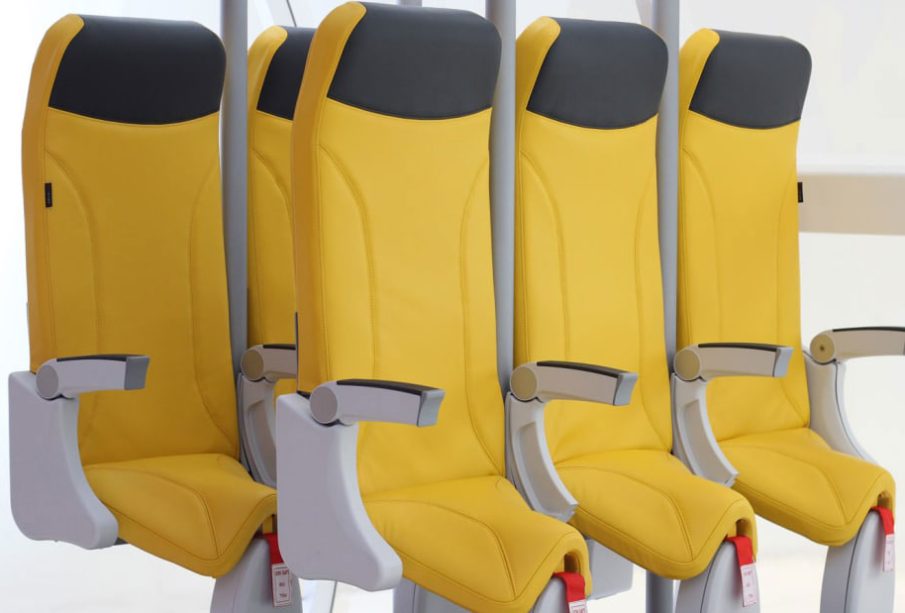The Rise of Standing Seats in Budget Airlines

Introduction
As air travel continues to recover following the COVID-19 pandemic, budget airlines are actively seeking innovative ways to reduce their operational costs and accommodate more passengers. One such trend emerging from this necessity is the concept of standing seats, which aim to maximise capacity in a safe and economical manner. Understanding the implications and practicality of this seating arrangement has become increasingly relevant as airlines look to redefine the flying experience.
What Are Standing Seats?
Standing seats are an unconventional seating configuration where passengers can remain upright during flights. Unlike traditional seating, these arrangements are designed to create more standing space, enabling airlines to increase the number of passengers on board without compromising safety. Although in preliminary stages, several low-cost carriers are assessing the feasibility of implementing standing seats as a new offering.
Recent Developments in the Industry
In recent months, airlines like Ryanair and EasyJet have been reportedly considering this option amid rising fuel prices and competition. A prototype was developed by a Dutch designer, which drew significant attention at aviation expos, with supporters highlighting the potential for increased efficiency in short-haul flights.
Moreover, the European Union Aviation Safety Agency (EASA) has begun evaluations to establish safety regulations surrounding standing seats. This is crucial, as regulatory approvals will be essential for any budget airlines that intend to adopt such arrangements. Fans of the idea argue that standing seats could transform budget travel, especially for shorter flights where passengers may not require the luxury of conventional seating.
Challenges and Controversies
Despite the potential benefits, standing seats are not without their critics. Concerns about passenger safety, comfort, and overall experience dominate discussions surrounding this innovative option. Critics argue that maintaining turbulence and safety standards could become complicated with standing configurations. Additionally, potential legal ramifications of implementing such seats are still under debate.
Conclusion
The concept of standing seats in budget airlines marks an intriguing development in the aviation sector aimed at addressing rising costs and increasing flight capacity. As airlines navigate the complexities of safety regulations and passenger acceptance, the future of standing seats remains uncertain but promising. The industry will need to find a balance between affordability and the comfort of travellers. For customers, this innovation could mean a new level of choice in air travel, but its success will significantly depend on careful consideration of safety and comfort standards.









